What is 100A current?
100A stands for unit current, meaning the amount of electrical charge flowing per second through a wire. High currents in a home, such as 100A, are used to meet larger household needs since higher appliances and electric vehicles require more electricity.
Maximum current 100A means
Maximum current is an important indicator in equipment design. Simply put, it is the highest value of current that the device can safely withstand. If the maximum current of the device is 100A, it means that as long as the current does not exceed 100A, the device can work normally and will not burn out because of too much current. This parameter is especially critical to the safe and stable operation of the device. If the current exceeds 100A, the device may overheat and the parts inside may break.
To protect the safety of equipment and circuits, usually installed in the circuit fuse or circuit breaker. The role of these “security guards” is that once the current exceeds the maximum value they can withstand, it will automatically cut off the power supply, to prevent the equipment is too large current “hold up”, to avoid potential safety hazards. For example, if the maximum current of the equipment is 100A, once the current exceeds this value, the fuse will “sacrifice itself” blown, or the circuit breaker will “trip” to cut off the power supply to protect the equipment and circuit safety.
What kind of device can 100A current drive?
A current of 100A is a relatively high value, typically used for high-power devices and industrial applications. Below are examples of devices that can be powered by 100A of current:
| Device Type | Application Scenario | Description |
| DC Motor | Industrial equipment, electric vehicles | A 100A current can drive high-power DC motors, suitable for scenarios requiring high torque and power output. |
| Servo Drivers | Robotics, automated production lines | Continuous current of 100A and peak current of 200A can drive multiple servo drivers, suitable for applications requiring high precision and dynamic performance. |
| Laser | Research, industrial processing | A 100A current can power high-power lasers, supporting both pulsed and continuous operation modes. |
| High-Current Generator | Electrical testing, laboratories | Used to test the current load capacity and thermal performance of electrical equipment. |
| H-Bridge Motor Driver | Robotics, electric vehicles | Using the IR2103 driver chip, with a maximum rated current of 100A, capable of driving two motor ch |
How long can a device operate stably at 100A current?
The amount of time a device can work stably at 100A current depends on several factors, including the device's power rating, battery capacity, load type, and so on. Here are some specific analyses:
1. Rated power of the device
Rated power: If the device is rated at 100A, then under ideal conditions, the device can operate stably for a long period of time at a current of 100A.
Exceeding the rated power: If the rated power of the device is lower than 100A, running under 100A current for a long period may lead to overheating or damage to the device.
2. Battery capacity
Capacity of the battery: If the device is powered from the battery, the capacity of the battery in Ah of ampere-hours decides for how long the device will work. For example, a 100Ah battery can theoretically work 1 hour at a discharge current of 100A.
Actual Use Time: The actual use time will vary depending on the discharge efficiency and load characteristics of the battery. Assuming, for instance, that the discharge efficiency of the battery is 85%, then the actual working time will be shorter than the theoretical value.
3. Load type
Constant load: If the load is constant, the operating time of the device can be calculated by dividing the battery capacity by the load current. For example, a 100Ah battery can work for 1 hour under a constant load of 100A.
Intermittent Load: If the load is intermittent, the device will work longer. For example, a device that works for 10 minutes at 100A and then rests for 10 minutes will work longer than if it is under a constant load.
What happens if it exceeds 100A?
If the current exceeds 100A, the following problems may result:
If its running current exceeds the rated carrying-capacity current in equipment or a conductor, then overheating in the device is caused due to which temperature boosts very rapidly and as a result - apart from quicker deterioration of its insulation, conductors might face burning within quite a lesser usage time.
Fire risk: The temperature may get too high in continued overloading; this may raise the temperature so that surrounding materials get ignited, therefore causing a fire.
Equipment Damage: Excessive current can cause increased thermal stress to electronic components, which in turn can lead to material degradation and component failure. For instance, overheating may cause the melting of solder joints among other materials, which may further lead to circuit breakage.
Performance degradation: If the load current exceeds the rated current, then the output voltage will not be maintained and starts to drop.
How to use 100A current safely
Using 100A current requires several safety measures to ensure the safety of the home and the user:
Follow the code of practice for electrical appliances: When using electrical appliances, follow the code of practice for the operation and maintenance of electrical appliances, and do not overload electrical equipment.
Avoid prolonged overloading: Avoid using more than 100A current in a short period and try to maintain a stable power demand.
Reasonable layout of electrical equipment: Reasonable layout of electrical equipment in the home to avoid excessively long wires or dense electrical equipment to minimize power loss.
Regular maintenance and inspection: Contact a professional electrician to inspect and maintain the home circuit regularly to ensure its safe operation.
How many A’s are generally used for household current
The amount of current used varies when talking about regional differences, house size, and the equipment utilized for household electricity. Here are some common ranges with different scenarios:
- Ranges for ordinary households, present day
This means a system wherein most houses apply single-phase power supply (220V and 230 V, depending upon the country of residence and respective region). A domestic circuit herein is usually between 10A-30A.
Small households: with fewer electrical devices, the current is usually between 10A and 20A.
Medium-sized houses have more devices drawing electricity hence more current drawn for instance it's between 20A-30A.
Three-phase supply: Some large homes or commercial premises may have a three-phase supply at 380 V or 400 V. In this case, the current per phase may be between 10A and 50A.

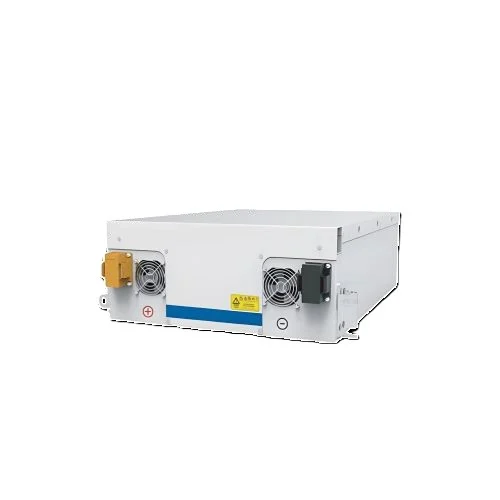
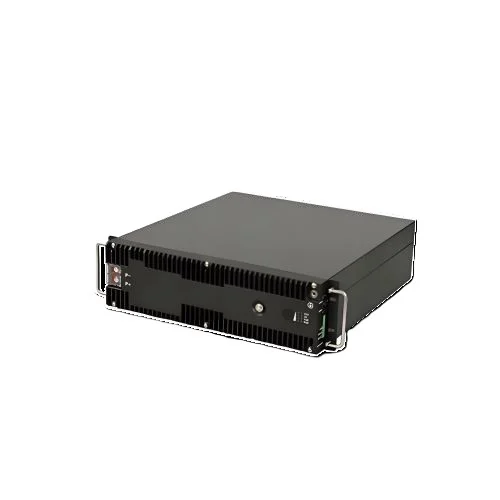
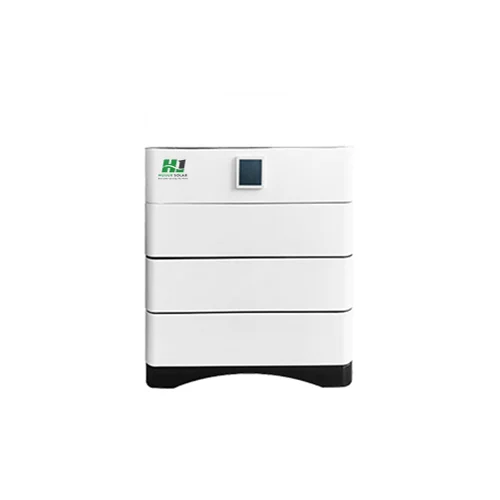
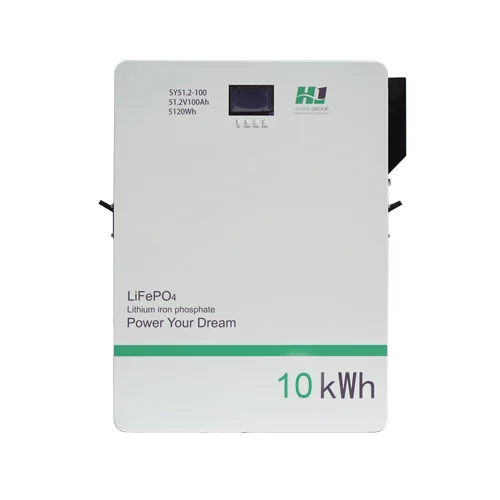
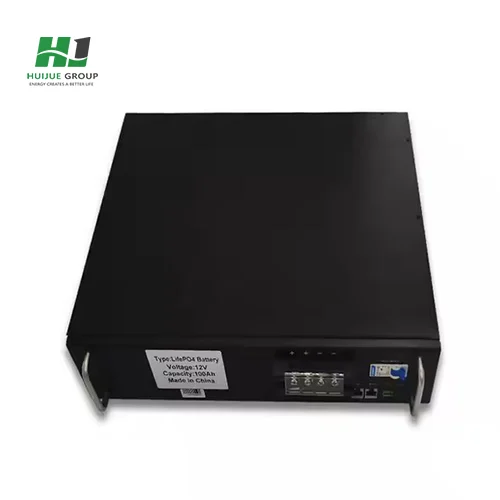
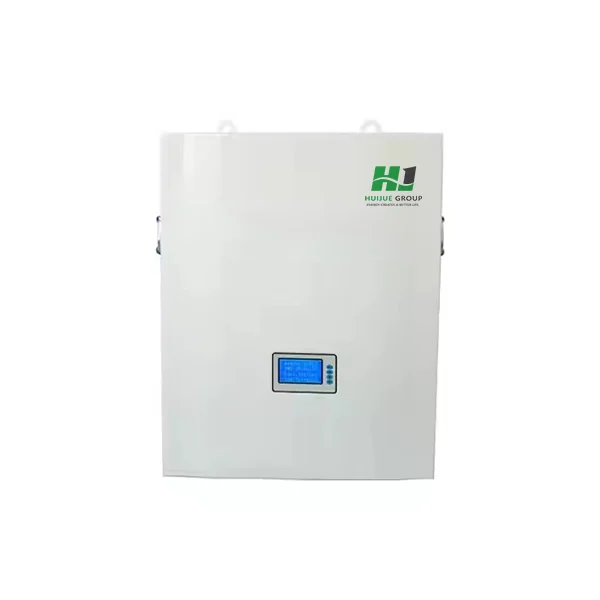
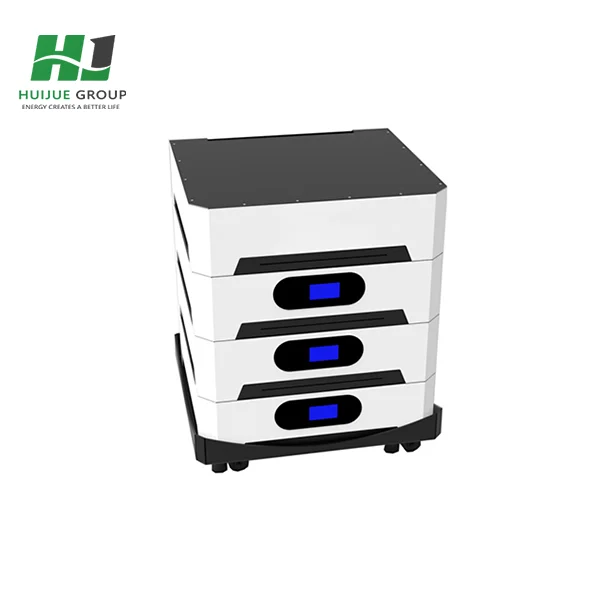
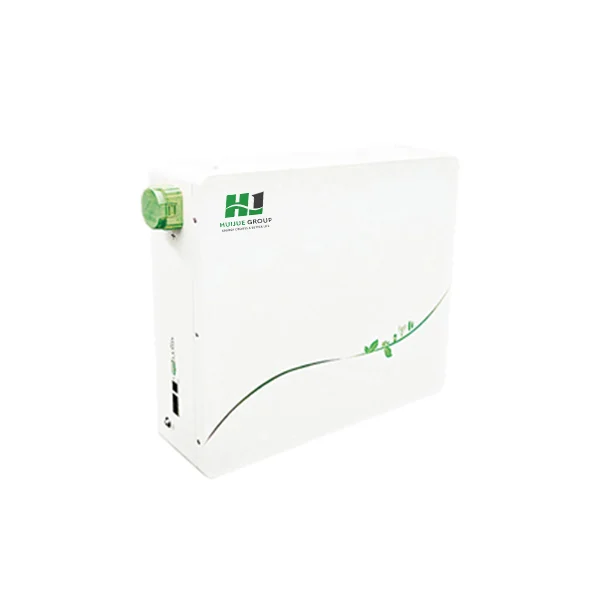
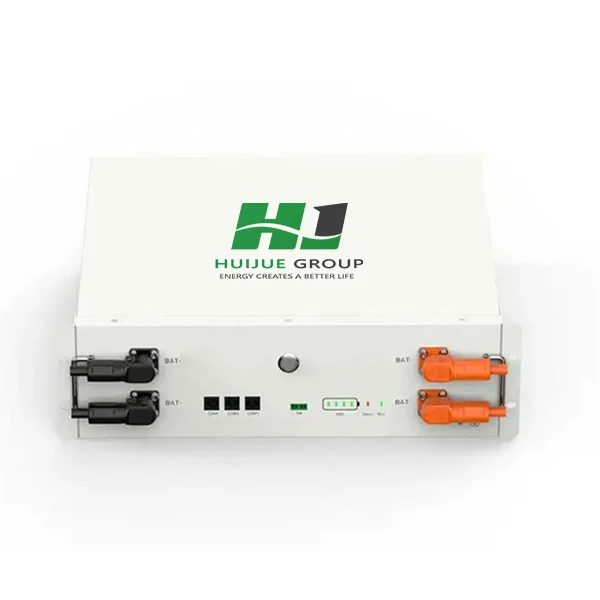
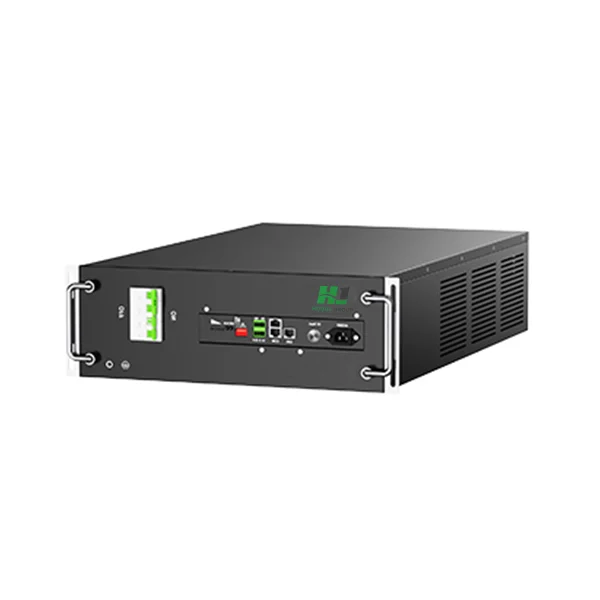

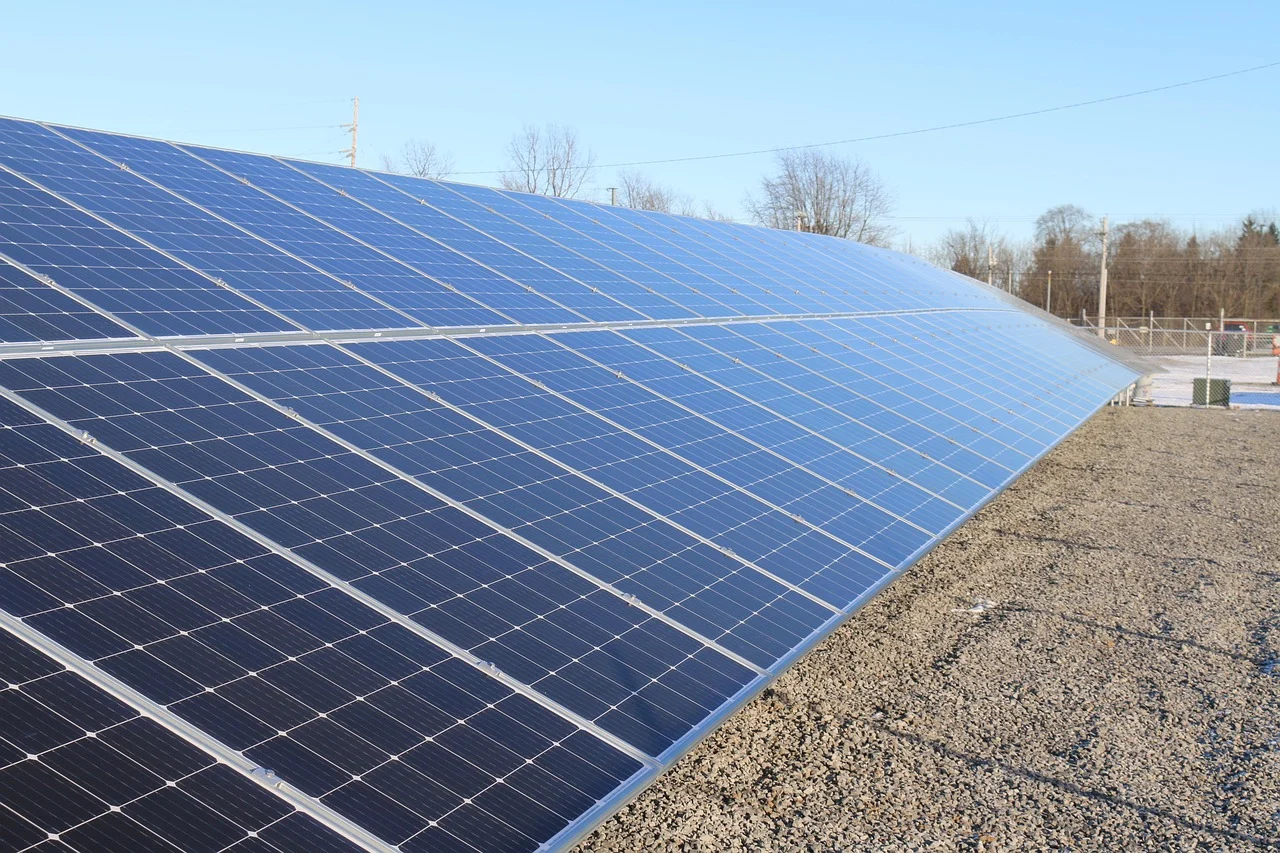
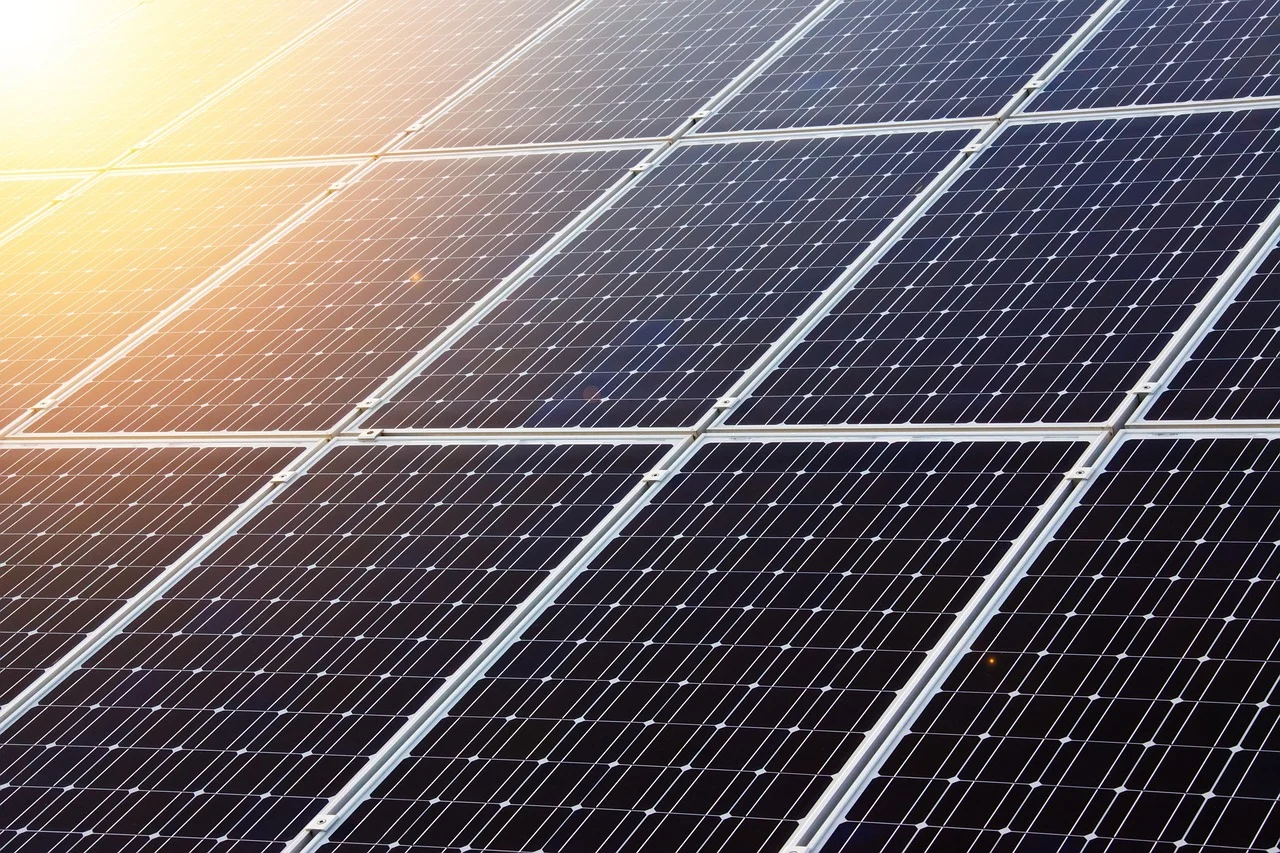
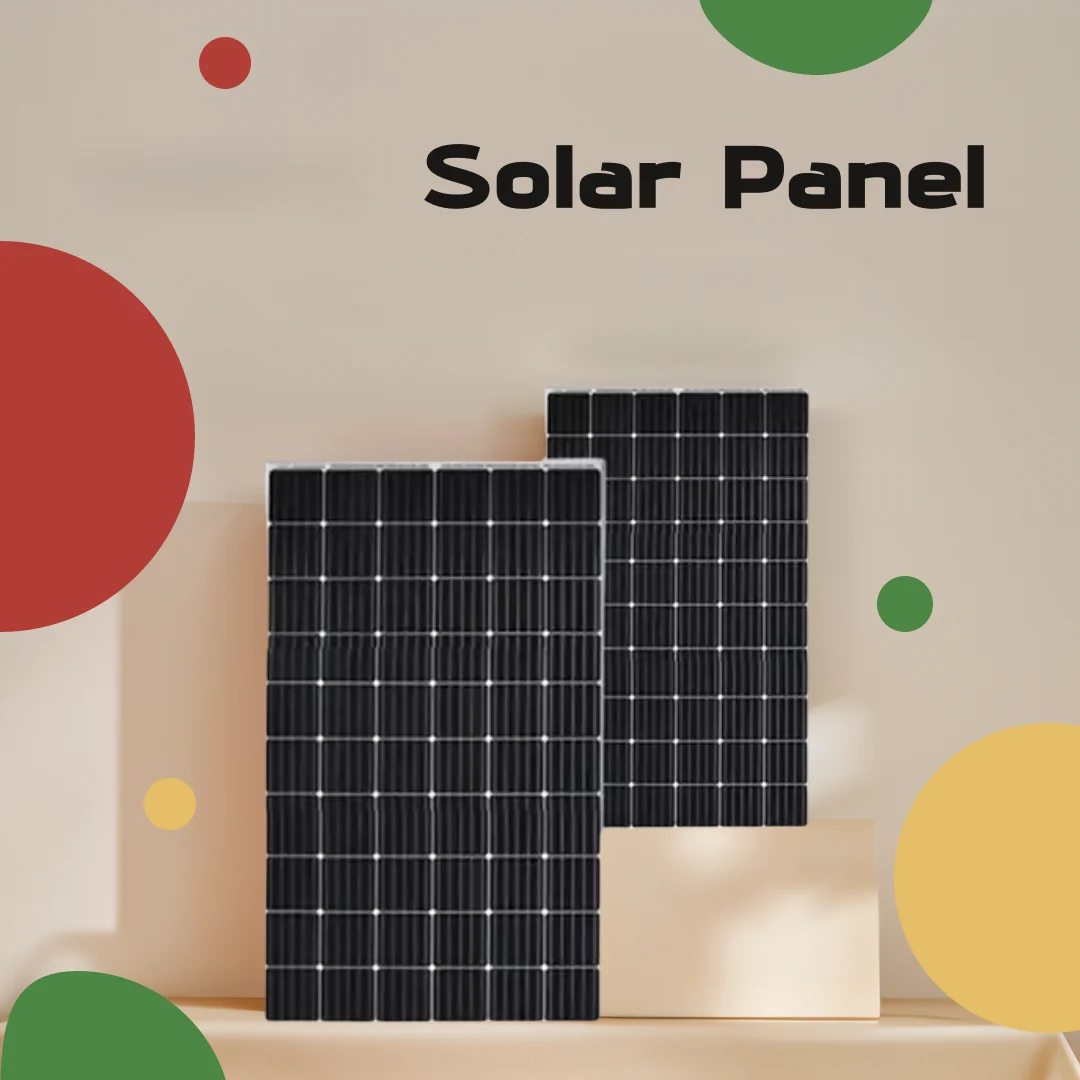
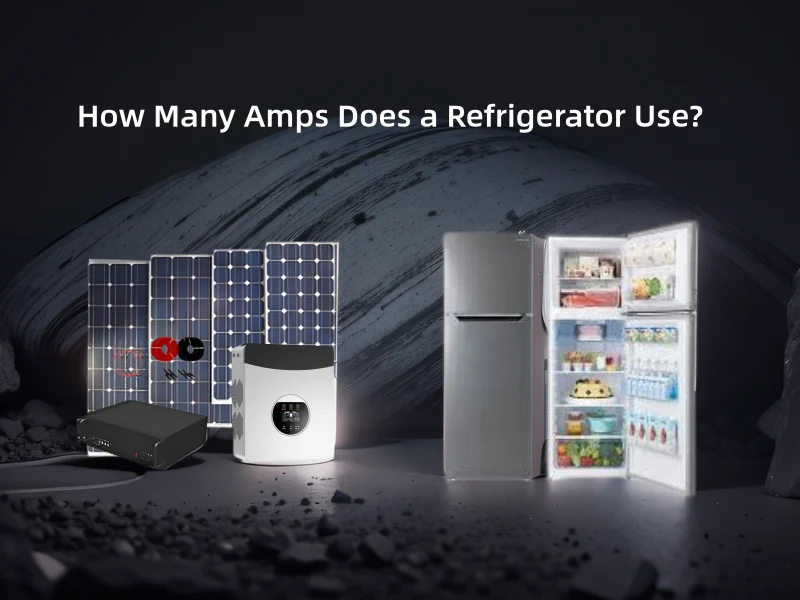
 Afrikaans
Afrikaans Albanian
Albanian Amharic
Amharic Arabic
Arabic Armenian
Armenian Azerbaijani
Azerbaijani Basque
Basque Belarusian
Belarusian Bengali
Bengali Bosnian
Bosnian Bulgarian
Bulgarian Catalan
Catalan Cebuano
Cebuano Chichewa
Chichewa Chinese (Simplified)
Chinese (Simplified) Chinese (Traditional)
Chinese (Traditional) Corsican
Corsican Croatian
Croatian Czech
Czech Danish
Danish Dutch
Dutch English
English Esperanto
Esperanto Estonian
Estonian Filipino
Filipino Finnish
Finnish French
French Frisian
Frisian Galician
Galician Georgian
Georgian German
German Greek
Greek Gujarati
Gujarati Haitian Creole
Haitian Creole Hausa
Hausa Hawaiian
Hawaiian Hebrew
Hebrew Hindi
Hindi Hmong
Hmong Hungarian
Hungarian Icelandic
Icelandic Igbo
Igbo Indonesian
Indonesian Irish
Irish Italian
Italian Japanese
Japanese Javanese
Javanese Kannada
Kannada Kazakh
Kazakh Khmer
Khmer Korean
Korean Kurdish (Kurmanji)
Kurdish (Kurmanji) Kyrgyz
Kyrgyz Lao
Lao Latin
Latin Latvian
Latvian Lithuanian
Lithuanian Luxembourgish
Luxembourgish Macedonian
Macedonian Malagasy
Malagasy Malay
Malay Malayalam
Malayalam Maltese
Maltese Maori
Maori Marathi
Marathi Mongolian
Mongolian Myanmar (Burmese)
Myanmar (Burmese) Nepali
Nepali Norwegian
Norwegian Pashto
Pashto Persian
Persian Polish
Polish Portuguese
Portuguese Punjabi
Punjabi Romanian
Romanian Russian
Russian Samoan
Samoan Scottish Gaelic
Scottish Gaelic Serbian
Serbian Sesotho
Sesotho Shona
Shona Sindhi
Sindhi Sinhala
Sinhala Slovak
Slovak Slovenian
Slovenian Somali
Somali Spanish
Spanish Sundanese
Sundanese Swahili
Swahili Swedish
Swedish Tajik
Tajik Tamil
Tamil Telugu
Telugu Thai
Thai Turkish
Turkish Ukrainian
Ukrainian Urdu
Urdu Uzbek
Uzbek Vietnamese
Vietnamese Welsh
Welsh Xhosa
Xhosa Yiddish
Yiddish Yoruba
Yoruba Zulu
Zulu